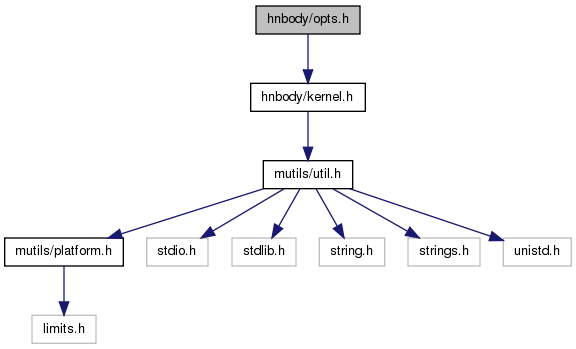

- #Pestudio the file opts for cookies on the stack .exe
- #Pestudio the file opts for cookies on the stack full
- #Pestudio the file opts for cookies on the stack code
- #Pestudio the file opts for cookies on the stack psp
The relocation table lists all the instances in the machine code part of the executable that contain a segment address, either in the form of a pure segment address or as part of a far jump, far pointer or a far function call. Beginning at offset offReloc from the start of the file and continuing until numReloc four-byte entries have been read.Īdditional data can appear after the relocation table, until offset pgHeader * 16 where the machine code begins. The relocation table consists of a number of four-byte entries. Rarely used.Īdditional data can appear in the header until offReloc is reached where the relocation table begins. PKLite for example uses it to store a copyright message. Increasing this value allows more data to be stored in the. Offset of the first entry in the relocation table, relative to the start of the. Execution begins at CS:IP so a value of 1 would skip the first 16 bytes of code that follows the. Offset for the CS (code segment) register relative to the segment the code was loaded in.


#Pestudio the file opts for cookies on the stack psp
Thus the PSP can be written to memory before the code and execution begins at offset 0x100, without needing 0x100 bytes of zeroes at the start of the machine code. This means the code gets loaded at offset 0, then before it gets overwritten with the PSP regCS is applied, changing the segment and making the code visible at offset 0x100 instead.
#Pestudio the file opts for cookies on the stack .exe
exe files, some programs set regCS to -16 which will cause everything to be shifted back by 0x100 bytes.

This means the first 0x100 bytes of the file are usually 0x00 bytes to avoid code getting overwritten, however to avoid wasting this space in the. This is normally 0x100 as DOS writes some information (the PSP) between memory offsets 0 and 0x100. Initial value of the IP (instruction pointer) register, where execution will actually begin. Supposedly if all UINT16LE values in the file are summed they should equal zero, and this value can be tweaked to ensure that is the case. The stack is located at the segment:offset SS:SP. Initial value of the SP (stack pointer/index into stack) register. This value is added to the load segment and set as the stack segment ( SS register). If the program doesn't need all available memory, this value can limit it to a smaller number of paragraphs. Number of 16-byte paragraphs of extra memory that must be allocated for the program to run. Number of 16-byte blocks (paragraphs) in the file header, including the "MZ" and up until the machine code starts. Number of entries in the relocation table.
#Pestudio the file opts for cookies on the stack full
Number of 512-byte blocks in the file, including the final block which may not be the full 512 bytes. Size of final block in the file, or 0 if the final block is a full 512 bytes. The other header fields can however be inspected to ensure the values are sensible, particularly the ones about memory requirements which will never ask for more than 640 kB of memory, otherwise the file would not run on the majority of DOS machines. exe file, however this should not be relied upon because it is not uncommon for additional data to be appended onto the end of the. The following values (see below) will indicate the size of the. The first two characters of the file are "MZ".


 0 kommentar(er)
0 kommentar(er)
